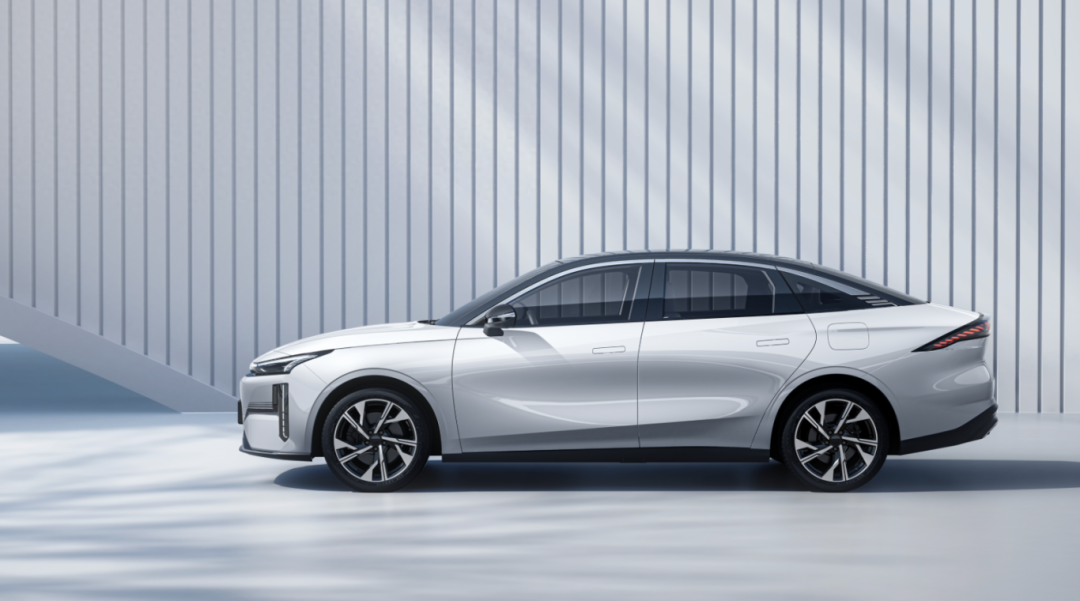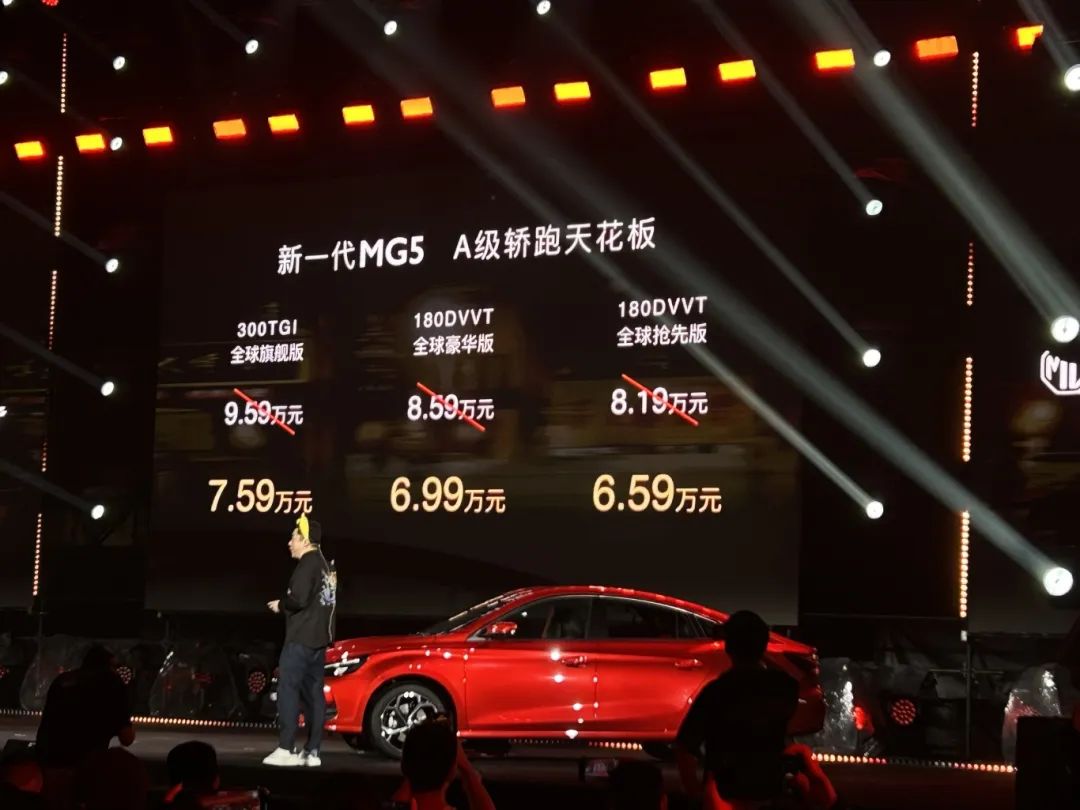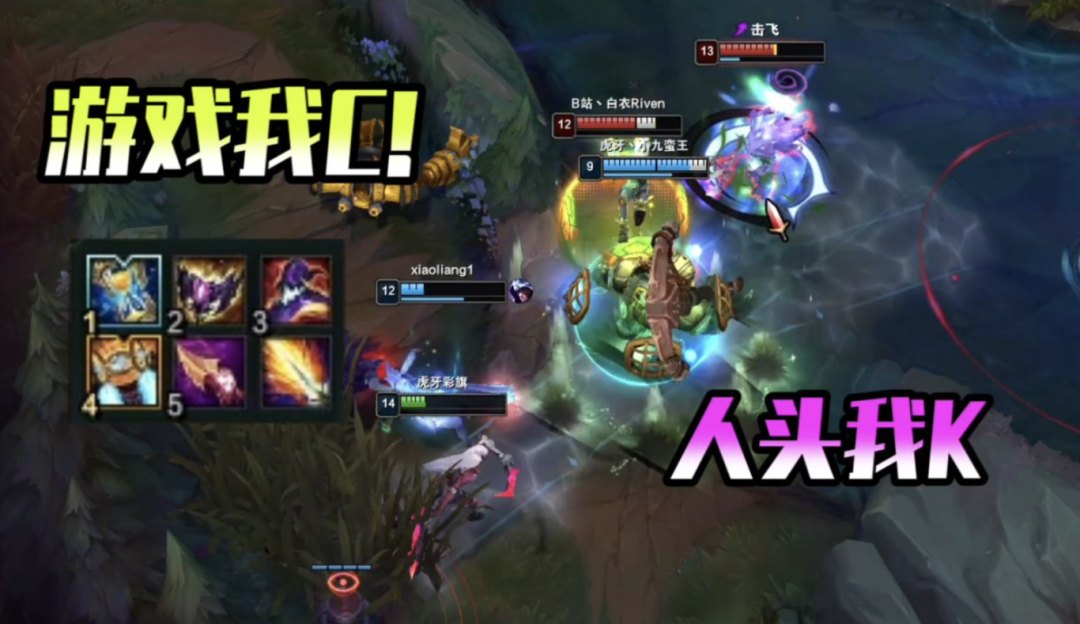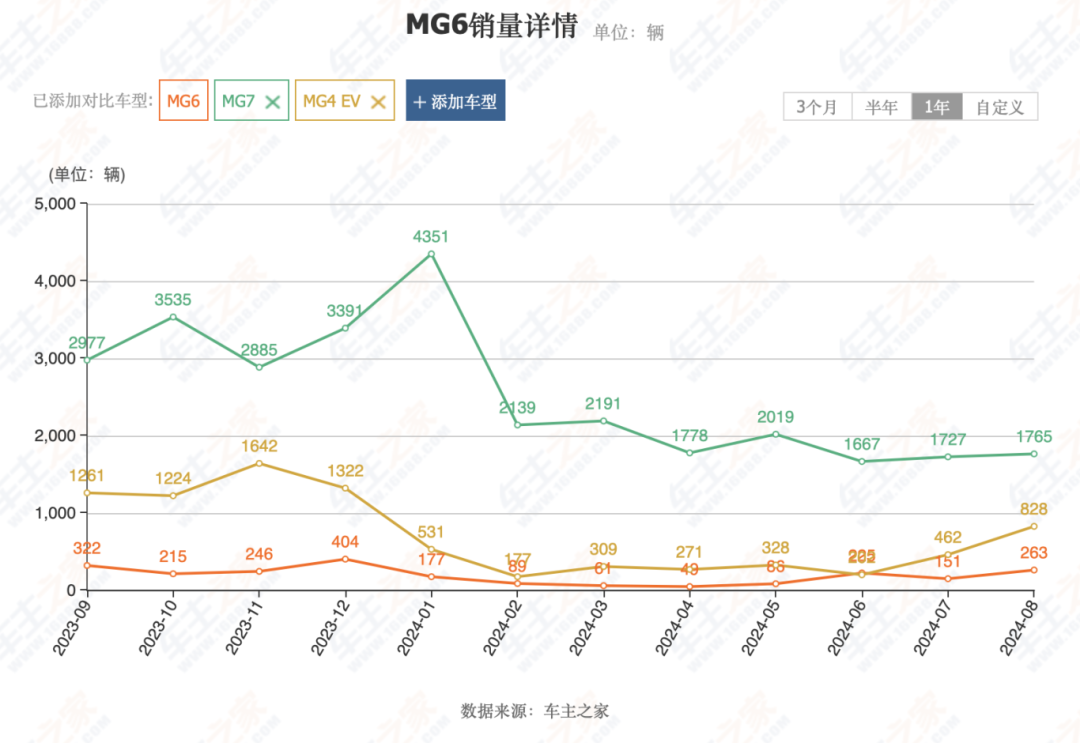Yu Jingmin's big talk still needs to translate into MG sales
![]() 09/25 2024
09/25 2024
![]() 481
481
"Did Mr. Yu overstate when he said at the Chengdu Auto Show that the monthly sales target for the new MG5 is 5,000 units?"
On September 13th, at the launch event of the new MG5 in Zibo, a fellow media colleague suddenly asked me this. In his view, with the current highly competitive market and numerous excellent models in the same segment, SAIC Motor Passenger Vehicle Company's Executive Deputy General Manager Yu Jingmin's setting such a high monthly sales target for the new MG5 seems somewhat ambitious, if not overstated.
Indeed, as some independent brands proactively slashed prices earlier this year, driving down model prices to below 100,000 yuan, they not only ushered in a new era of "same price for both gasoline and electric vehicles" but also caught automakers deeply entrenched in this segment off guard. Subsequently, joint venture brands didn't lag behind. Japanese brands introduced new versions of the Sylphy, Levin, and Corolla, while German brand Volkswagen launched a new Lavida, also pricing their models below 100,000 yuan in an attempt to reclaim their share of the gasoline-powered vehicle market.

Amid the chaos of independent and joint venture brands, the A-segment sedan market is buzzing with activity. With the addition of new powerful models and price cuts and feature upgrades from established brands, it has become increasingly difficult for many models to reclaim a prominent position at the negotiating table. Given this context, it is understandable that industry insiders may question Yu Jingmin's monthly sales target.
However, in my view, regardless of whether it's overstating or not, as long as Yu Jingmin keeps talking, it's good news for the MG brand.
As the automotive industry enters a new era, the Matthew Effect is particularly pronounced, with market attention heavily concentrated on top-selling models and brands. These latter entities release diverse models across various market segments, firmly capturing consumers' attention. Meanwhile, many weaker brands have not only lost brand visibility but also market share, with rumors of layoffs, pay cuts, and bankruptcies abounding among independent brands. Even second-tier joint venture brands have successively abandoned the Chinese market.
Therefore, in this context, it is crucial for leaders, especially corporate executives, to bravely and willingly speak up for their brands to gain market attention and brand presence. Combining this with the launch of quality products stands a chance of turning the brand around.

Currently, Yu Jingmin is advocating for the brand, while the new MG5, which has just hit the market, is tackling the product front.
Firstly, the price is indeed very competitive. The new MG5 is available in three trim levels, with official prices ranging from 81,900 to 95,900 yuan. The launch price even dips to 65,900 to 75,900 yuan. Considering the recent launches of models like the Passat Pro, Altima, and Haval H6, one can't help but wonder: if gasoline car prices continue to drop, will they eventually be traded for stainless steel buckets?
However, many gasoline-powered vehicles boast impressive product capabilities. Take the new MG5 as an example. Its 1.5T flagship version boasts a 0-100 km/h acceleration time of just 6 seconds, the only model in its class to feature XDS and EPS-PRO, among other premium features. Priced at just 75,900 yuan, coupled with its coupe-like styling, it's difficult to dismiss the possibility of a market for the model, even though achieving a monthly sales target of 5,000 units may be questionable.
Beyond price and product capabilities, the MG brand is also exploring new opportunities for the new model to achieve even greater goals. Zibo, the city where the new car was launched, holds significant symbolism in this regard.

On the one hand, the phrase "going to Zibo for BBQ" has swept the nation over the past two years, reflecting the bravery and pursuit of beauty in life among many young people. Although the new car launch didn't coincide with the initial Zibo craze, it still offers a buzzworthy angle and the potential for viral content.
On the other hand, Zibo represents the concept of the "C City." I learned about this from a catchy Shandong license plate song, which goes, "Lu A for Jinan, Lu B for Qingdao, Lu C for Zibo..." Extending this concept from Shandong's C City to the nation's C Cities is not just a marketing ploy but also signifies that the sales focus of the new MG5 will be on the C Cities of various provinces—targeting deeper markets for even greater opportunities.
These deeper markets imply that consumers here are less willing to spend a lot on a car, but they still expect a decent vehicle in terms of both design and driving experience. These consumer concerns align perfectly with what the MG5 offers.
The exterior design has always been a standout feature of the MG brand. As Zhu Yong, Deputy General Manager of SAIC Motor Passenger Vehicle Company, puts it, "SAIC Motor is relentless in its pursuit of excellence in design and never compromises. MG, positioned as the 'Global Sports Sedan Family,' is all about sports sedans—a testament to our dedication."
While some designs have been criticized, such as the internet's jest that the new MG5 resembles a heavily modified Maserati, Yu Jingmin takes it in stride, quipping, "Experiencing a Maserati for under 100,000 yuan isn't bad either."

In terms of product capabilities, as mentioned earlier, features like 0-100 km/h acceleration in 6 seconds, the only model in its class with XDS and EPS-PRO, and a price tag of just 75,900 yuan make the new MG5 a compelling choice for many consumers in deeper markets. Incidentally, during the Spring Festival a few years ago, I witnessed numerous MG models cruising the streets of a deeply penetrated market in my hometown.
Moreover, the interpretation of "C" extends beyond just referring to C City. It also encompasses slogans like "Carry my life" and "Debut in the Center Stage." Here, I'd like to share my thoughts on "Carry my life."
The MG brand has always embraced the slogan "always YOUNG," and the "Carry" in "Carry my life"—or simply "C" for short—is a popular gaming term among young people. It means "to carry someone," akin to saying, "I'll carry you in this game." Similarly, MG's "Carry my life" conveys the idea that the new MG5 will elevate users' lives. While this explanation may seem convoluted to some, young people are likely to resonate with the sentiment.
This is the charm of marketing, and it reflects MG's increasing commitment to this aspect of branding.
Of course, marketing efforts alone are not enough. The reality is that the MG brand has struggled domestically in recent years.

While the pricier MG HS didn't take off, at least the MG6 held its own. Now, however, the brand's main sales drivers are the MG4 EV, which hasn't gained much traction domestically, and the niche electric sports car MG Cyberster. In the first half of this year, MG sold a total of 37,000 units, a 53% decline from the same period in 2021.
As I mentioned earlier, combining strong brand advocacy with quality products stands a chance of turning the brand around. Since returning to SAIC Motor Passenger Vehicle Company on August 14th, Yu Jingmin has been busy. Whether MG can achieve this turnaround will depend on its upcoming products.
Lu Jiajun, General Manager of SAIC MG, is confident.
On the one hand, he has faith in the new MG5. In his view, the domestic market for gasoline-powered A-segment sedans still boasts sales of over 4 million units. Furthermore, the product capabilities and price point of the new MG5 are "just right" for consumers in C Cities. On the other hand, MG plans to continue introducing new products, including pure electric SUVs and a new energy version of the MG6.",








